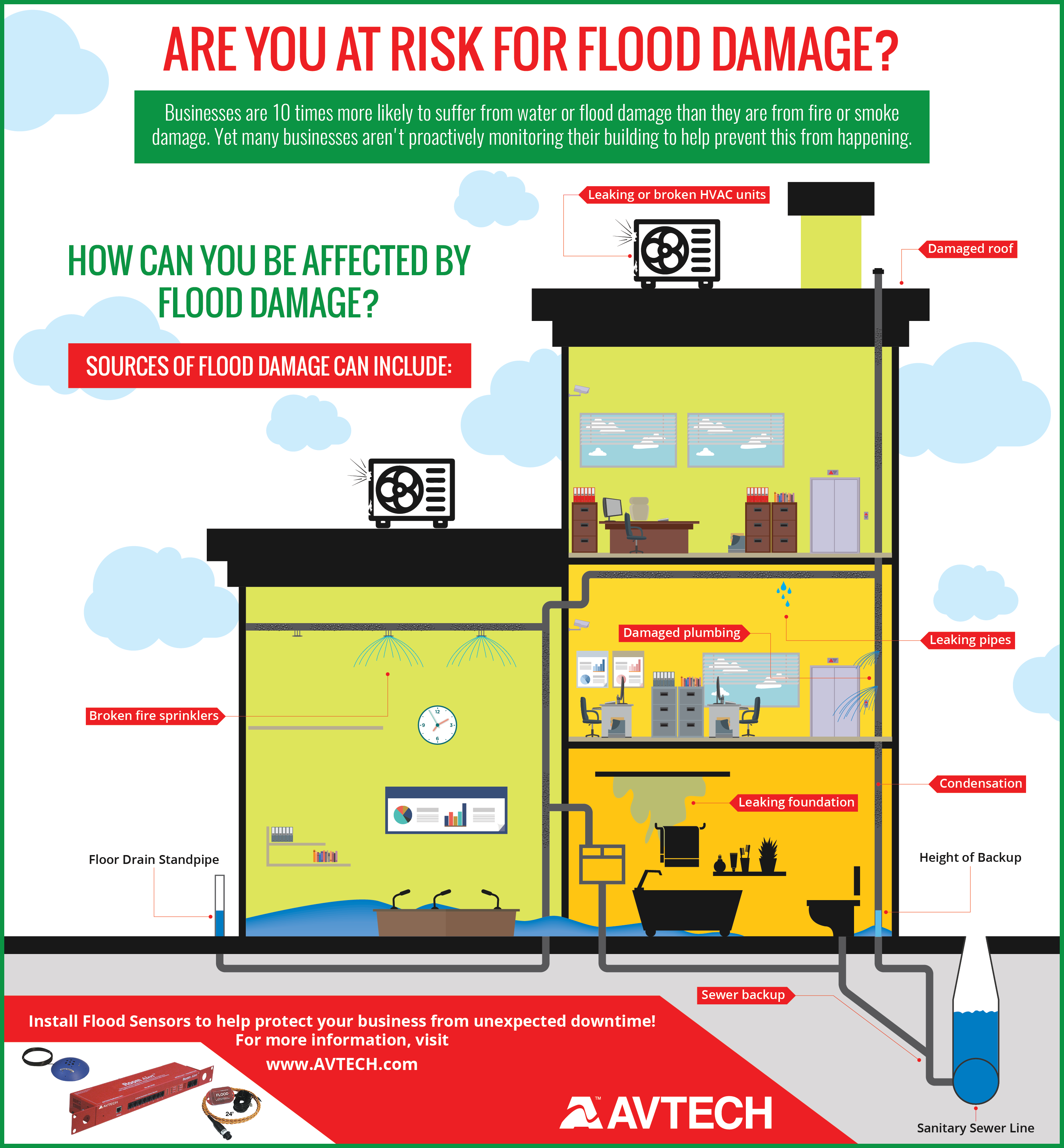Gain Understanding Into How Varied Weather Conditions Can Affect Your Roof Installation, Ensuring A Job That Is Carried Out Flawlessly
Gain Understanding Into How Varied Weather Conditions Can Affect Your Roof Installation, Ensuring A Job That Is Carried Out Flawlessly
Blog Article
Staff Writer-Hartvigsen Timm
When it concerns roof covering installations, the climate can make or break the job. Think of the stress of managing materials that won't work together as a result of severe warm or fighting slippery surfaces triggered by unexpected rain. Comprehending the influence of climate condition on your roof job is vital for an effective result. So, let's explore how different weather condition components can affect the quality and resilience of your roofing installment, ensuring a job well done.
Influence of Temperature Level on Roofing Installment
When it pertains to roof installation, temperature plays a critical role at the same time. The excellent temperature for roof jobs typically falls between 45 and 85 degrees Fahrenheit. Extreme warm can cause products like tiles to become also pliable, resulting in possible damages during setup. On the other hand, cold temperatures can make materials fragile and susceptible to breaking. It's important to arrange roof setups during moderate temperature levels to make sure the most effective outcome.
Throughout cooler weather, specialists might require to take added precautions such as using heated equipment or enabling materials to heat up before installation.
In contrast, hot weather might call for work to be done previously or later on in the day to prevent the peak temperature levels. By taking into consideration the temperature and its effects on roof covering materials, you can assist guarantee a successful installment that will withstand the aspects for several years to come.
Effect of Rainfall on Roofing Projects
Roof covering projects can be dramatically affected by precipitation, impacting both the timeline and the top quality of the setup. Rain or snow can develop unsafe problems, making it risky for roofing professionals to deal with a damp surface area. Furthermore, dampness can endanger the adhesion of materials like shingles or underlayment, bring about prospective leaks or problems in the future.
If it rainfalls during a roof covering task, the water can seep into susceptible areas, creating delays as the installment team should wait for the roofing system to completely dry prior to proceeding. Too much wetness can likewise promote the growth of mold and mildew and mildew, additional threatening the integrity of the roofing system.
To avoid visit the up coming document , it's advised to arrange roof jobs throughout drier periods or monitor the weather prediction carefully to plan about any possible rainstorms. By taking safety measures to work in positive climate condition, you can make sure a smoother and more successful roofing installment procedure.
Impact of Wind Rate on Setup Success
During roof covering installment, the rate of the wind plays an important role in identifying the success of the project. High wind speeds can pose considerable obstacles to roofers, potentially leading to security hazards and high quality problems. When wind speeds go beyond suggested limits, it comes to be challenging to take care of products, increasing the risk of crashes and damage to the roofing products. Strong gusts can likewise influence the precision of measurements and the accuracy required for appropriate installment.
To make certain an effective roofing installation, it's vital to keep track of and consider wind speeds. Preferably, https://www.bobvila.com/articles/hiring-a-roofer/ covering setup ought to occur on days with reduced to modest wind speeds. This not only enhances the safety of the workers however likewise improves the general quality of the installment.
Roofing projects scheduled throughout calm weather conditions are most likely to be completed effectively and with less errors. By taking notice of wind rate projections and intending as necessary, you can aid make sure a smooth and successful roof covering installment procedure.
Conclusion
So, when it concerns roofing system setup, bear in mind to think about the weather conditions to ensure an effective task. Ideal temperatures, dry conditions, and modest wind rates are vital variables to focus on for a smooth installment process. By scheduling your job during the best seasons and ideal climate condition, you can achieve a sturdy and resilient roof covering that will safeguard your home for many years ahead.
